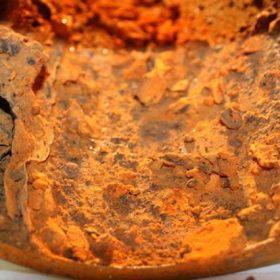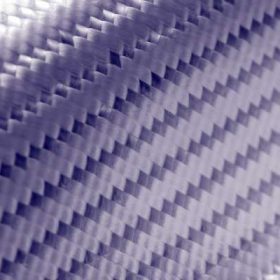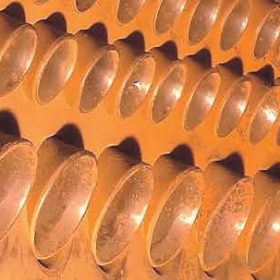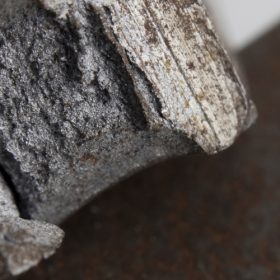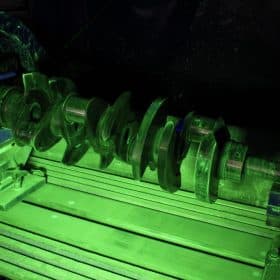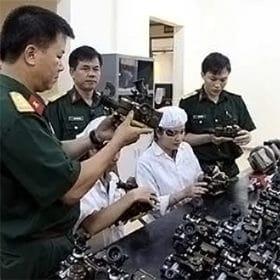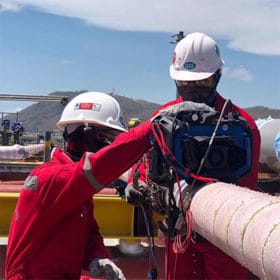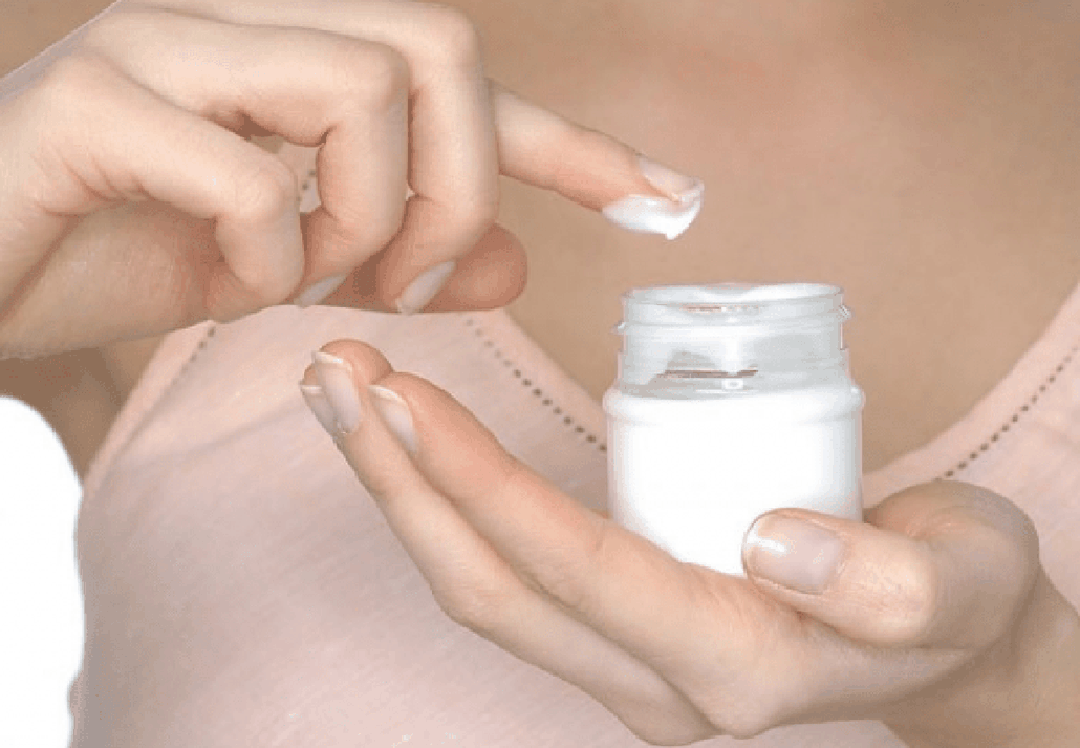Mercury is an extremely toxic substance, penetrating into the human body through the skin, respiratory tract ... can cause coughing, chest pain, memory loss, miscarriage, fetal defects, poisoning leading to death. While mercury poisoning is often associated with regular consumption of seafood such as mussels and mussels in West Lake (Research by Dr Nguyen Thi Vinh – Institute of Biotechnology), dangerous levels of mercury have also been found in cosmetics and skin care products. In this post, we share ways to identify mercury in cosmetics using XRF and other techniques.
The U.S. Food and Drug Administration (FDA) regulates that the legal limit for mercury in cosmetics is no more than 1 parts per million (ppm). However, this limit is not closely monitored in all parts of the world.
According to Appendix No. 06-MP, issued together with Circular 06/2011/TT-BYT of the Ministry of Health regulating the management of cosmetics, there are 3 heavy metals restricted in cosmetics: lead, mercury, arsenic. Accordingly, the mercury limit in Vietnam (as well as in the ASEAN region) in cosmetics should not exceed 1 part per million (1ppm).
However, mercury-containing cosmetics can still be made domestically by small manufacturers, cream mixes purchased during travel, or ordered through online retailers.
To make everyone's life beautiful and healthy, we offer equipment for the determination of mercury element (Hg) in cosmetics using a hand-held X-ray fluorescence (XRF) analyzer.
Why is there mercury in some cosmetic and skin care products?
Mercury can act as a skin bleaching agent, so it's very popular in skin lightening or anti-aging products, promising to fade dark spots, wrinkles, freckles or age spots.
Mercury is also an inexpensive ingredient and has some preservative properties to prolong the shelf life of products. While mercury-containing products are banned from being sold in Vietnam, the market regulator still found many manufactured skin lightening creams containing mercury levels as high as 210,000 ppm – many times the limit 1 ppm.
How to determine mercury in cosmetics and skin care products
If you suspect mercury in cosmetics, check the label first. According to the FDA, mercury can be found in compounds such as:
- Mercurous chloride (Mercury chloride)
- calories
- Mercuric
- Mercurio
- Mercury (Mercury)
Other signs to watch out for include cosmetics that don't list ingredients, missing product labels, or have labels that aren't English or Vietnamese.
To avoid possible health consequences, use caution when you suspect that cosmetics contain mercury. Take measures to keep yourself safe, such as:
- Stop using the product immediately
- Thoroughly wash hands and any other parts of the body that come into contact with the product.
- Contact your doctor, or someone who can offer advice on other ways to protect yourself.
- Seal the product in a leak-proof plastic container or bag, then check with the Department of Environmental Resources for the correct disposal of mercury-containing products.
While these tips can help consumers stop using mercury-containing cosmetics, analytical techniques such as XRF handheld can provide definitive answers on mercury levels for regulatory agencies.
Mercury detection in cosmetics: Comparison of XRF and ICP-MS . techniques
Portable XRF analysis is an effective technique for measuring mercury levels in cosmetics because it is non-destructive and can quickly identify the presence of hazardous elements at the ppm level. The versatility of XRF instrument calibration to suit each application is well suited for low element detection. Users can create their own custom calibration with a very small sample set, and the XRF instrument can parametrically apply the parameter to the expected concentration ranges.
An alternative technology for mercury detection in cosmetic samples is inductively coupled plasma mass spectrometry, or ICP-MS. Despite its high accuracy, this traditional elemental analysis technique is expensive, takes days to complete, and is not suitable for field testing. ICP-MS devices are also very fragile, and if too high a level of mercury is introduced into the ICP-MS, it will contaminate the tubes, transmitter, and other components. Removing all mercury from the system takes time and money.
Comparing the two techniques, handheld XRF is the practical choice for mercury detection in cosmetics. The technique provides reliable, affordable and fast results – without compromising on accuracy. However, the two tools are still used in tandem to confirm mercury levels in consumer products.
Screening for mercury in cosmetics with portable XRF
Cosmetic manufacturing facilities can use analyzers Handheld XRF We offer as a screening tool to test mercury concentrations in cosmetics. This tool helps quality control to determine the raw material dilution factor needed to not overload the ICP-MS machine with high concentrations of mercury. In this case, the dilution factor is the amount of material needed to reduce the mercury concentration to a controllable level.
As mentioned earlier, the mercury limit in cosmetics is very low (1 ppm). If a cosmetic establishment uses more mercury than the limit, the product may contain up to 10–50 ppm of mercury. XRF analyzers can detect mercury at concentrations as low as 2 ppm. Therefore, the quality control department uses the hand-held XRF device as a testing tool to determine if the cosmetic meets the requirements. If further verification is needed, they can submit a sample and use the ICP-MS to confirm the results.
